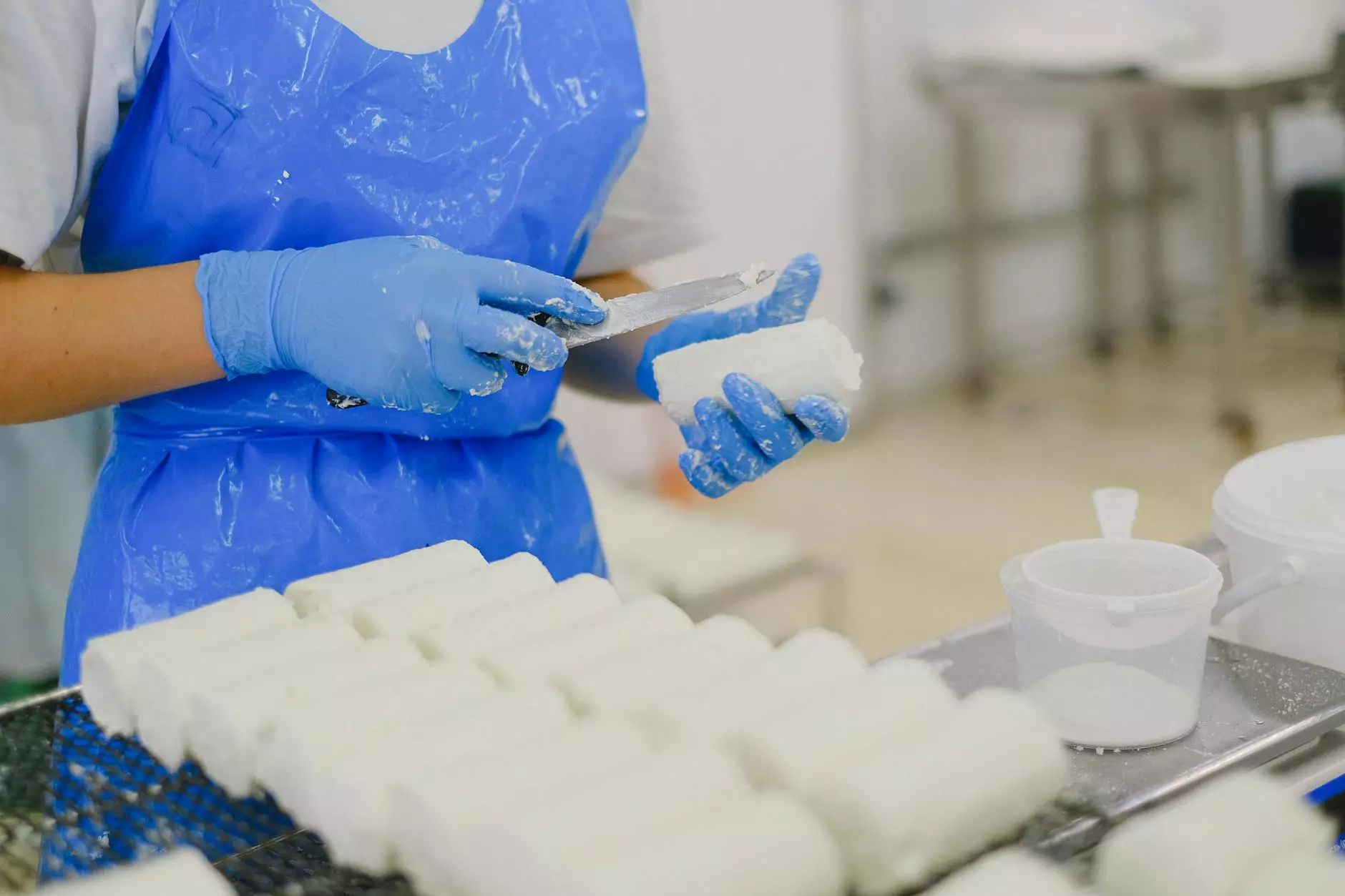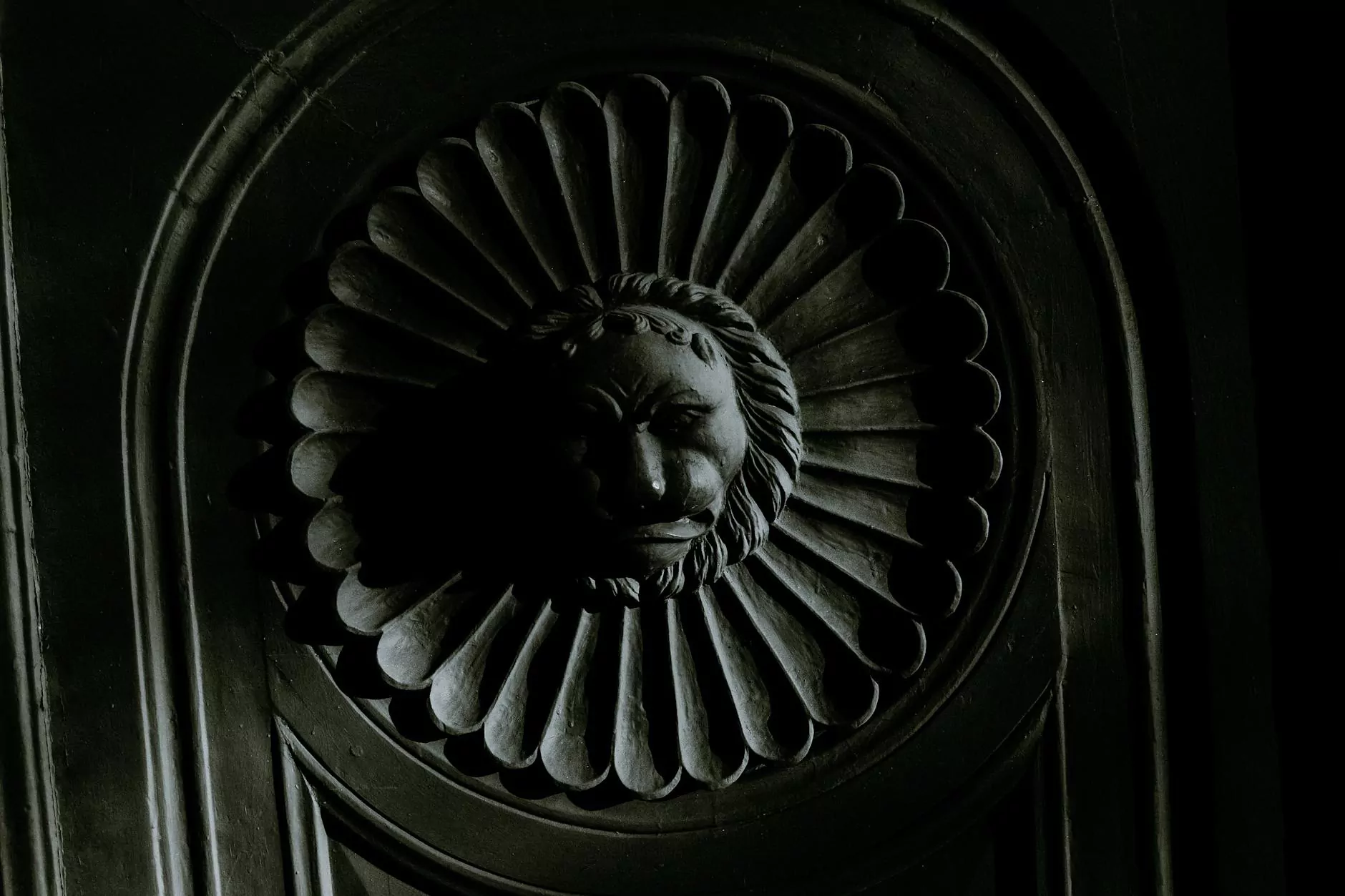Pectus Excavatum Surgery Cost: Comprehensive Guide

Pectus excavatum is a congenital condition characterized by a sunken chest appearance, which can lead to various health issues. While some individuals may experience limited symptoms, others may face significant physical or psychological challenges. Thankfully, surgery is an effective treatment option that can improve both the appearance and function of the chest. However, one question often arises: What is the cost of pectus excavatum surgery?
Understanding Pectus Excavatum
Pectus excavatum, often referred to as "funnel chest," occurs when the sternum and rib cage grow abnormally, causing the chest to appear caved in. This condition can impact not only self-esteem but also pulmonary and cardiac function. Thus, surgery can be necessary for those affected.
Pectus Excavatum Surgery: An Overview
The most common surgical procedure for pectus excavatum is the Ravitch procedure or the Nuss procedure. Both surgeries aim to correct the deformity and improve the patient's quality of life.
The Ravitch Procedure
- Technique: This open surgery involves removing the deformed cartilage and repositioning the sternum.
- Recovery: Patients often experience more extensive recovery due to the invasive nature of the surgery.
The Nuss Procedure
- Technique: This less invasive method uses a curved metal bar inserted through small incisions to lift the sternum.
- Recovery: The recovery time is generally shorter, and patients usually experience less pain.
Factors Influencing Pectus Excavatum Surgery Cost
The cost of pectus excavatum surgery can vary significantly based on several factors:
- Geographic Location: Prices differ based on where the surgery is performed. Major urban centers may charge higher fees than smaller cities.
- Surgeon's Experience: Renowned surgeons with a track record of successful pectus excavatum surgeries often command higher fees.
- Hospital Fees: Costs can vary depending on the facility and whether it is a private or public hospital.
- Type of Surgery: The choice between the Ravitch and Nuss procedures can significantly affect the overall cost, with Nuss typically being less expensive.
- Pre-operative Tests: Diagnostic tests and imaging studies required before surgery can add to costs.
- Post-operative Care: Follow-up visits and any necessary rehabilitation can also contribute to the total expense.
Typical Cost Breakdown
The average pectus excavatum surgery cost ranges widely across the United States. Here is a general breakdown of expenses:
- Initial Consultation: $200 - $500
- Diagnostic Imaging: $1,000 - $3,000 (including X-rays and CT scans)
- Surgery Fees:
- Nuss Procedure: $30,000 - $65,000
- Ravitch Procedure: $40,000 - $75,000
- Hospital Stay: $1,000 - $4,000 per day (typically 2-4 days)
- Post-operative Care: $500 - $2,000 (includes follow-up visits)
Financing Options for Pectus Excavatum Surgery
Given the potential cost of surgery, many patients seek financing options. Here are several choices to consider:
- Health Insurance: Many insurance plans cover pectus excavatum surgery when deemed medically necessary. Check with your provider for specific coverage details.
- Payment Plans: Discuss with your healthcare provider the option to set up a monthly payment plan for your surgery.
- Medical Credit Cards: Some providers offer credit cards specifically for medical expenses, allowing for flexible payment options.
- Personal Loans: Traditional loans or personal loans can help cover surgery costs, especially if other financing options are not available.
Preparing for Surgery
Proper preparation can significantly enhance the chances of a successful surgery and recovery. Here are steps to consider:
- Consultation: Schedule a thorough consultation with a specialized surgeon to discuss your specific case.
- Medical Evaluation: Undergo necessary tests to assess your overall health and surgical risks.
- Pre-operative Instructions: Follow pre-operative guidelines given by your surgeon regarding medications, diet, and activity level.
Recovery and Aftercare
Post-surgery recovery is crucial for optimal results. Here’s what to expect:
- Immediate Recovery: Most patients will stay in the hospital for observation for 2-4 days post-surgery.
- At-Home Care: Patients will need assistance for daily tasks and must adhere strictly to the recovery plan provided by their surgeon.
- Physical Activity: Gradual reintroduction to physical activities is recommended, following the surgeon's advice.
- Follow-Up Visits: Regular follow-ups are essential to monitor recovery and ensure that the surgical site is healing properly.
Long-Term Outcomes and Considerations
Most patients report a significant improvement in both physical comfort and self-esteem following pectus excavatum surgery. However, it is important to have realistic expectations and understand that:
- Results Vary: Each individual's results may differ based on the severity of the condition and surgical approach.
- Potential Complications: Like any surgery, pectus excavatum surgery carries risks including infection, bleeding, and complications related to anesthesia.
- Continued Monitoring: Some patients may require additional procedures or interventions years after the initial surgery.
Conclusion
Understanding the pectus excavatum surgery cost is crucial for anyone considering this life-changing procedure. It is important to consult with experienced professionals, consider all financing options, and prepare thoroughly for surgery and recovery. With the right approach, patients can achieve improved health and enhance their quality of life.
For further information on pectus excavatum surgery or to explore treatment options, visit elclinics.com, a reliable resource for medical assistance and guidance.









